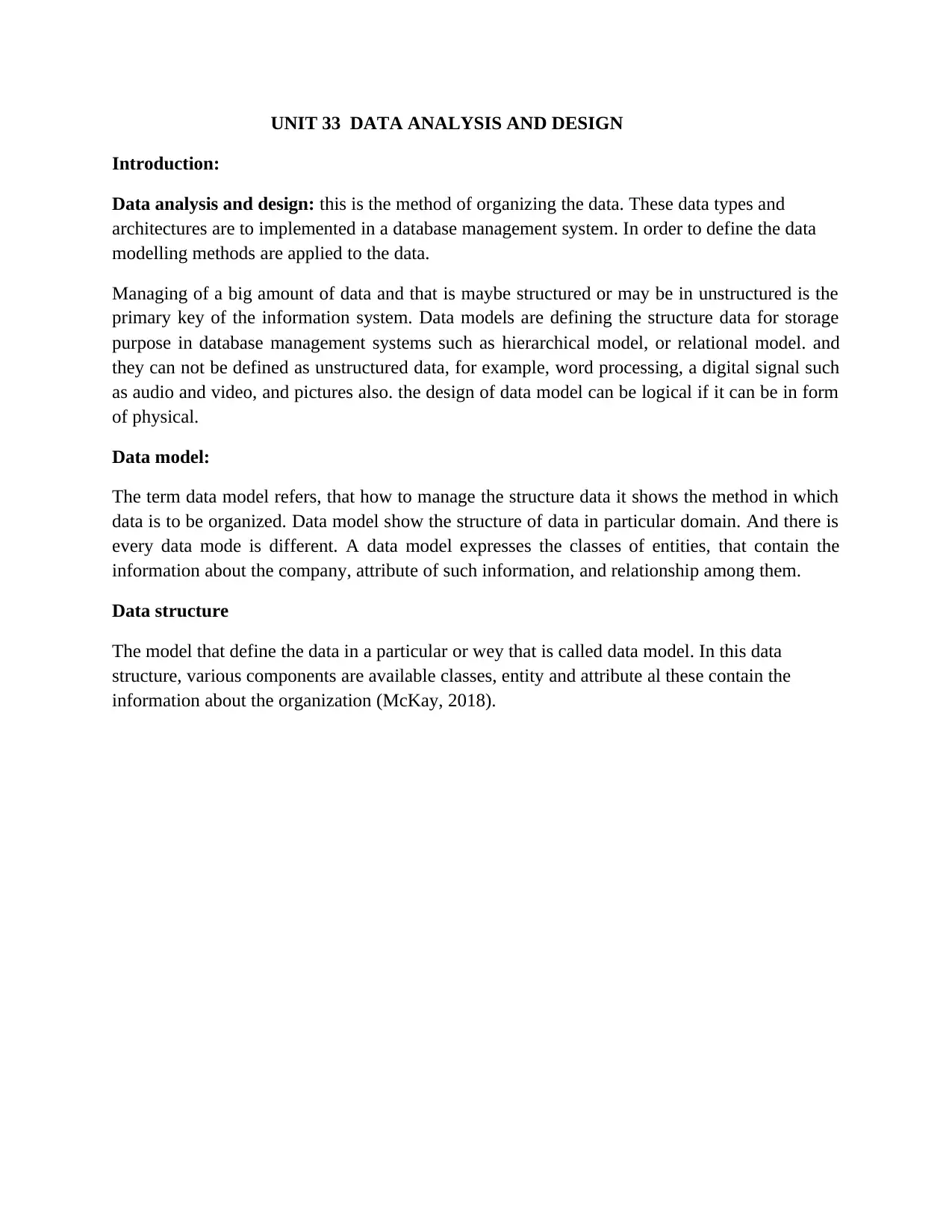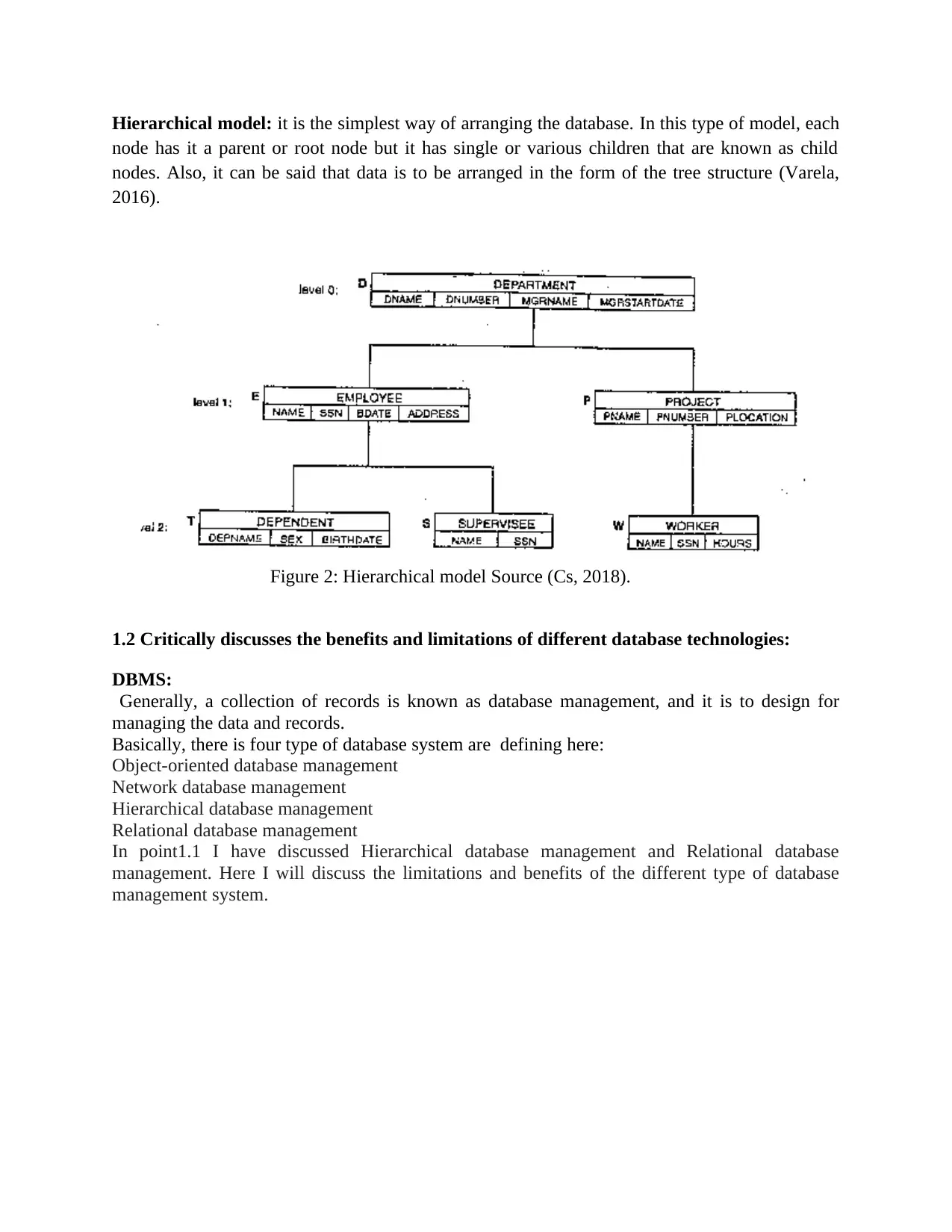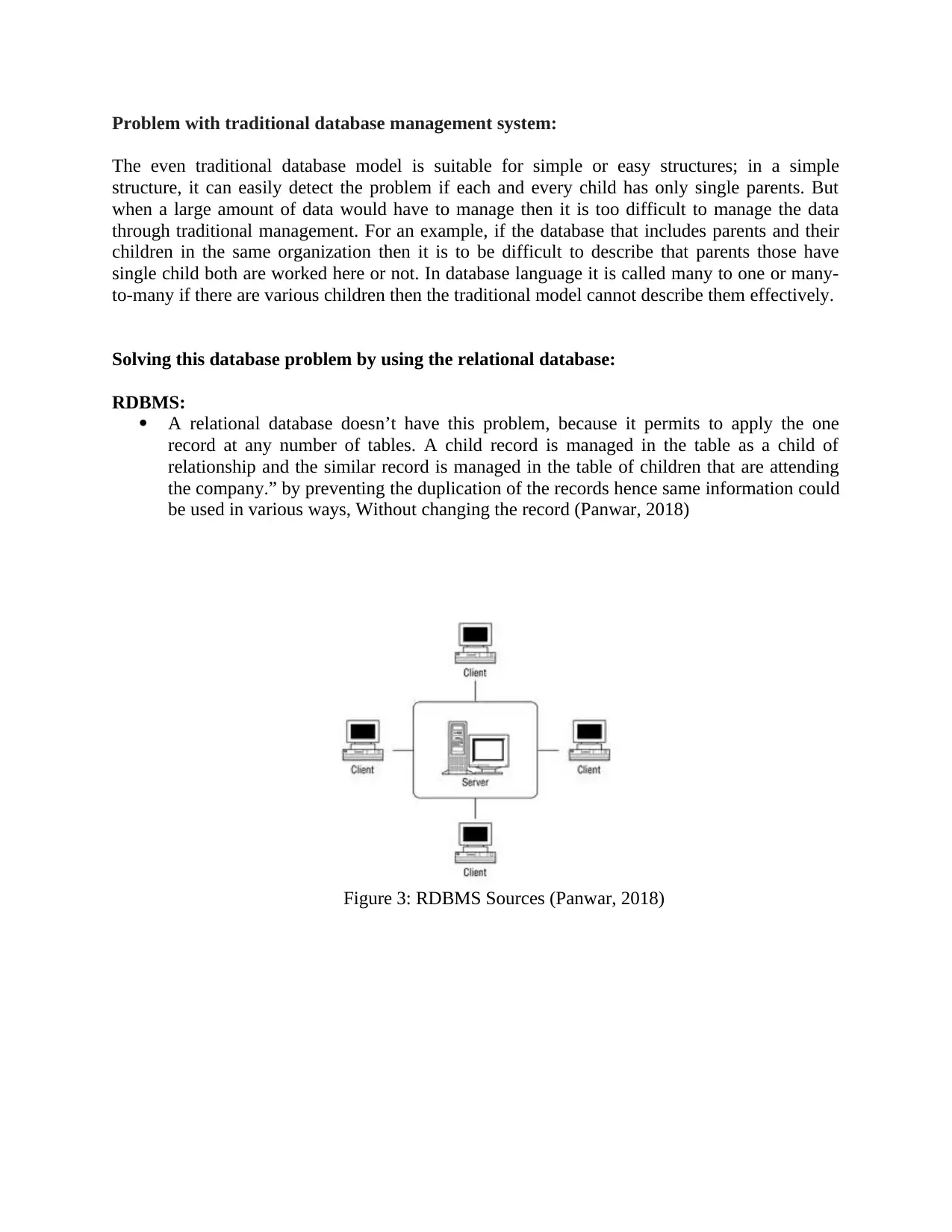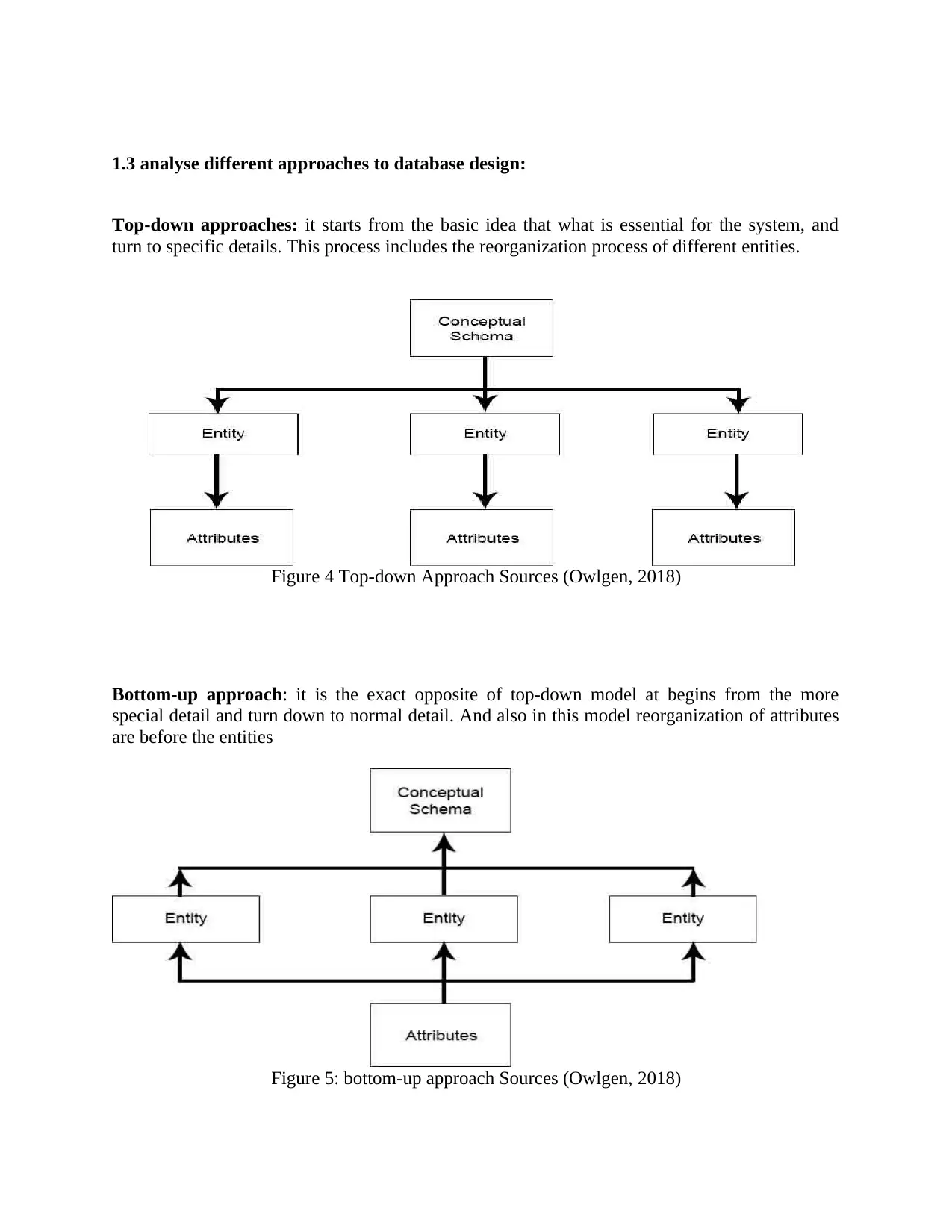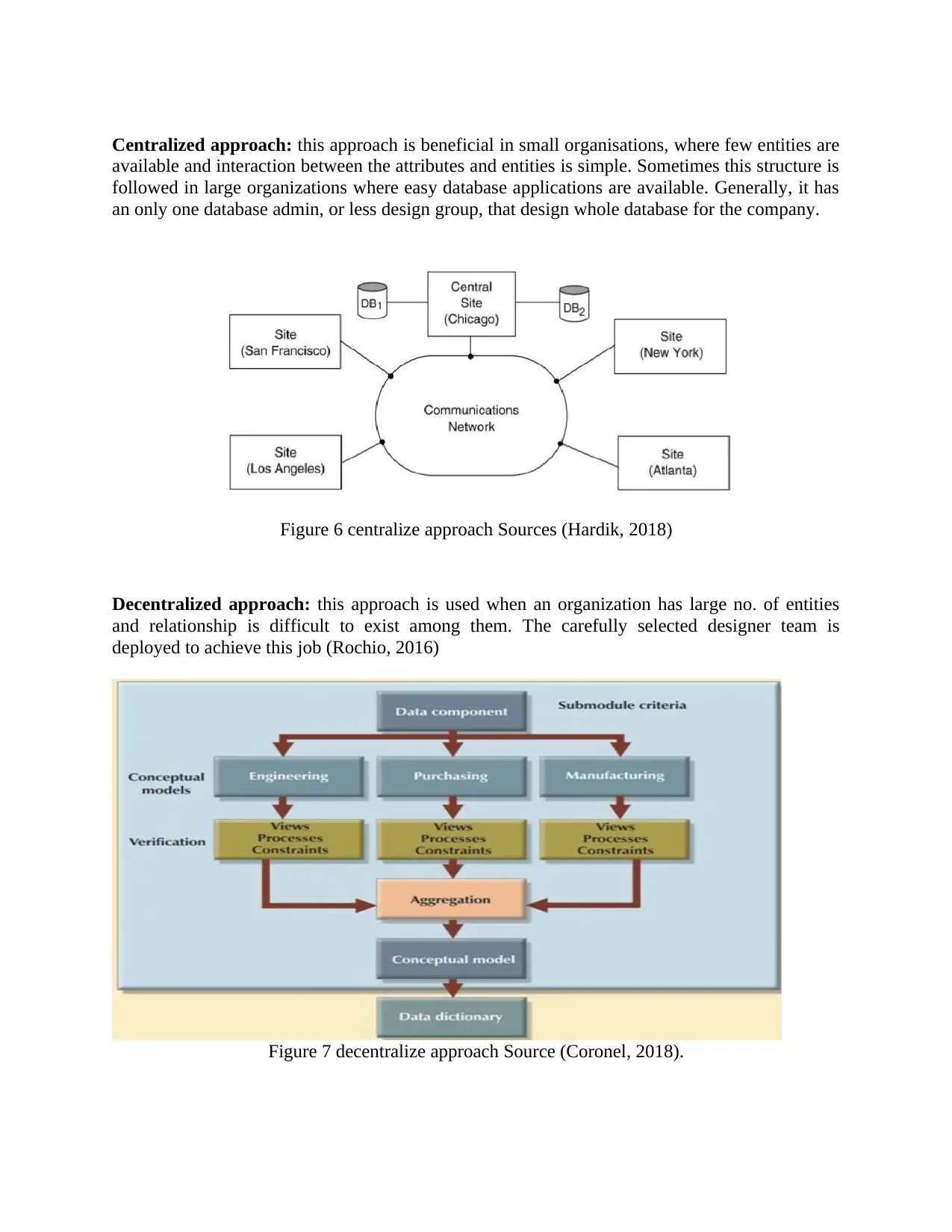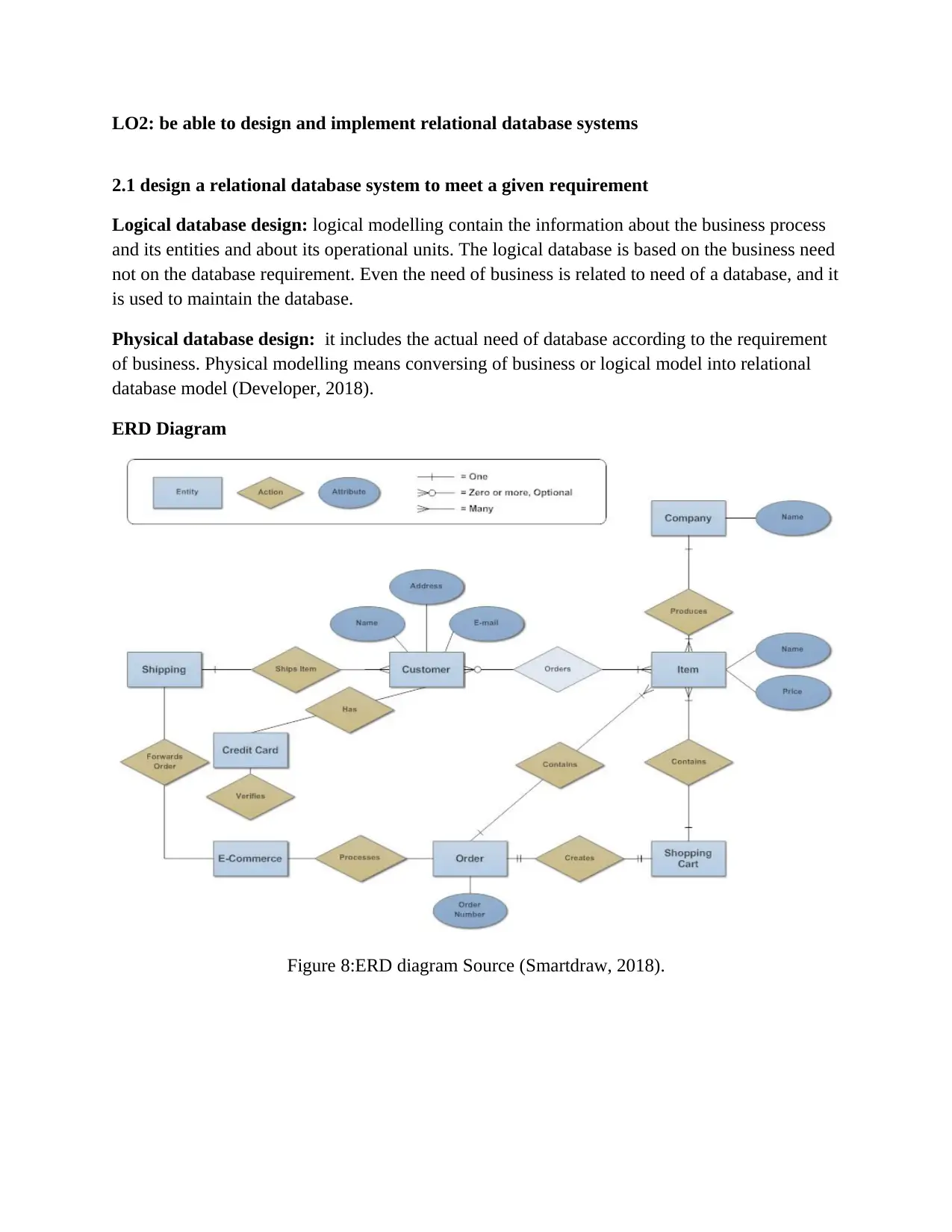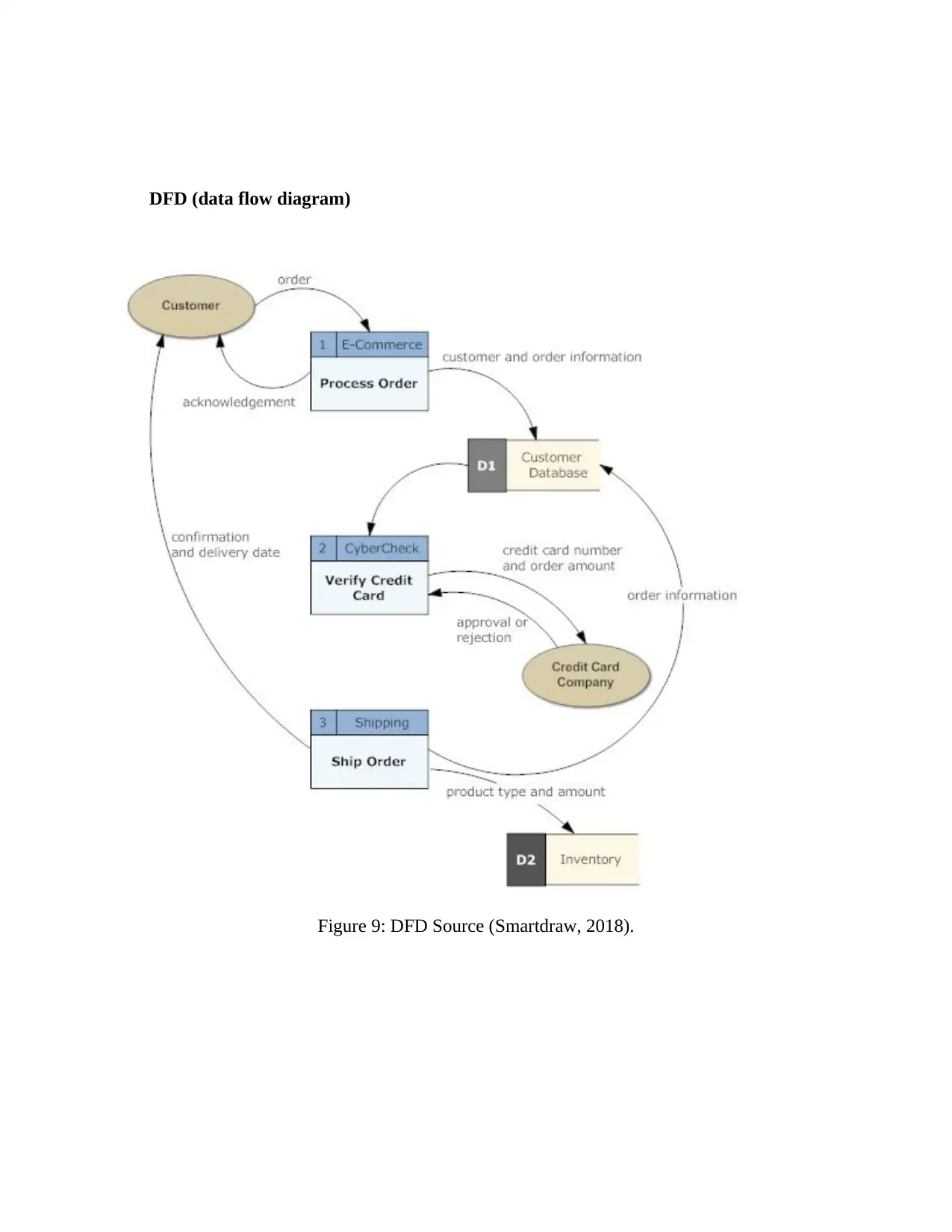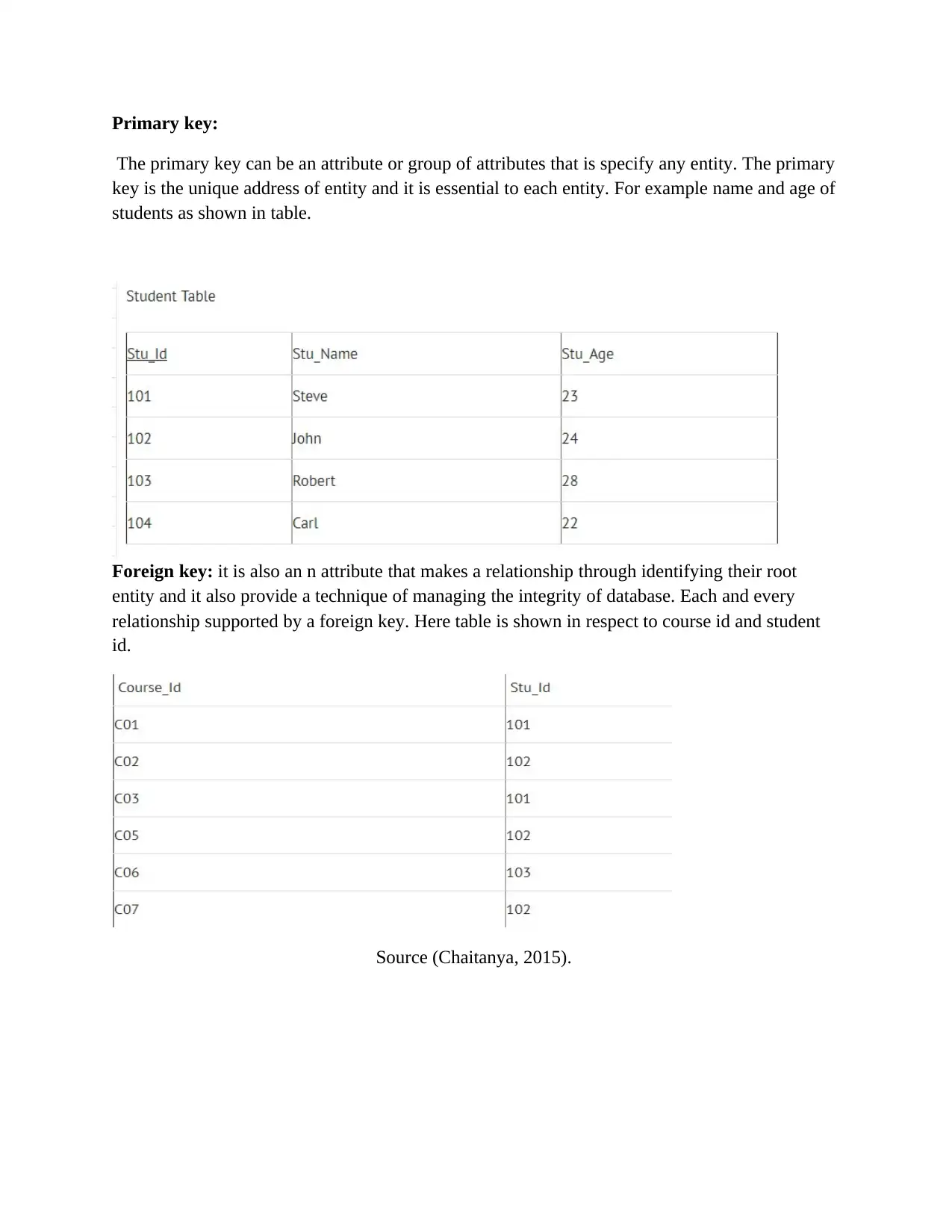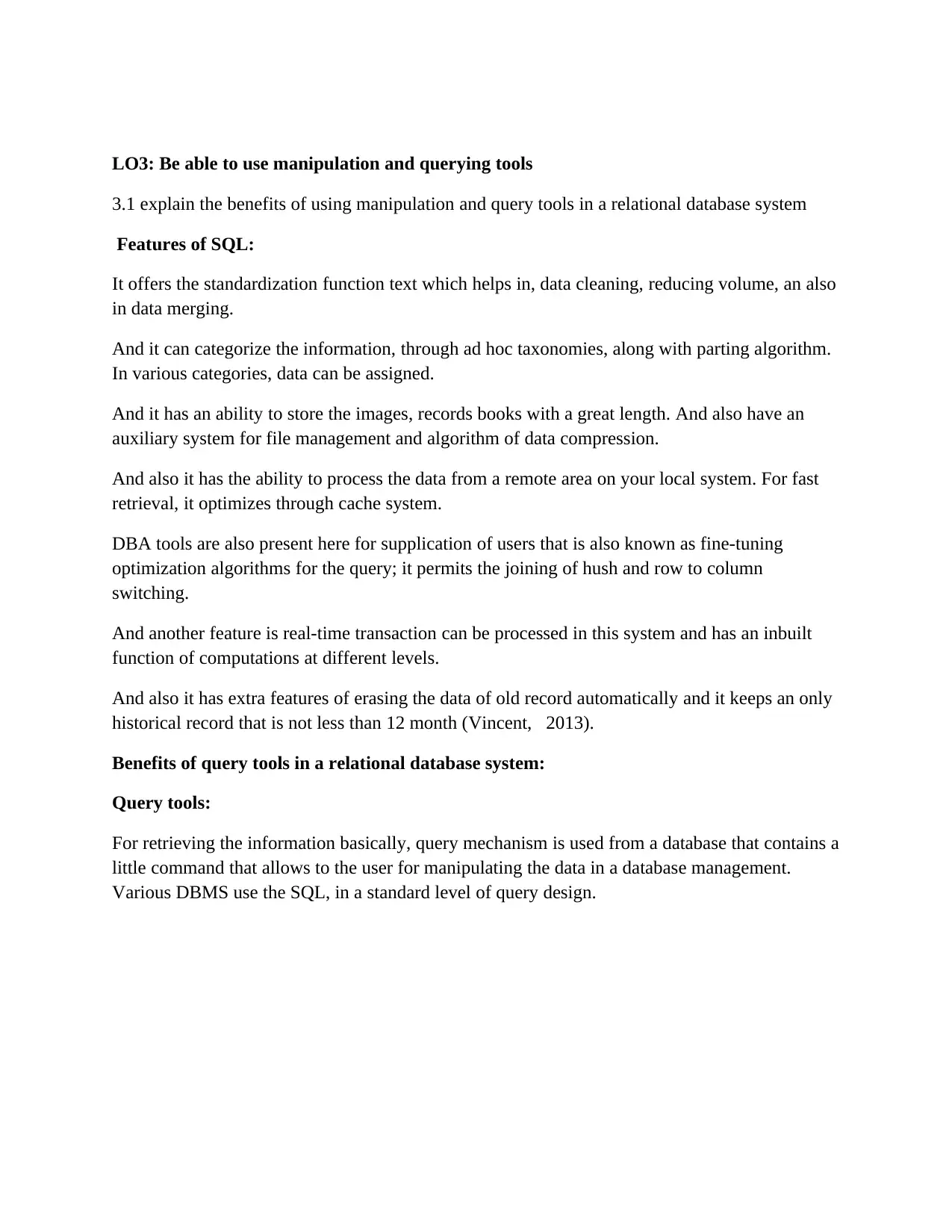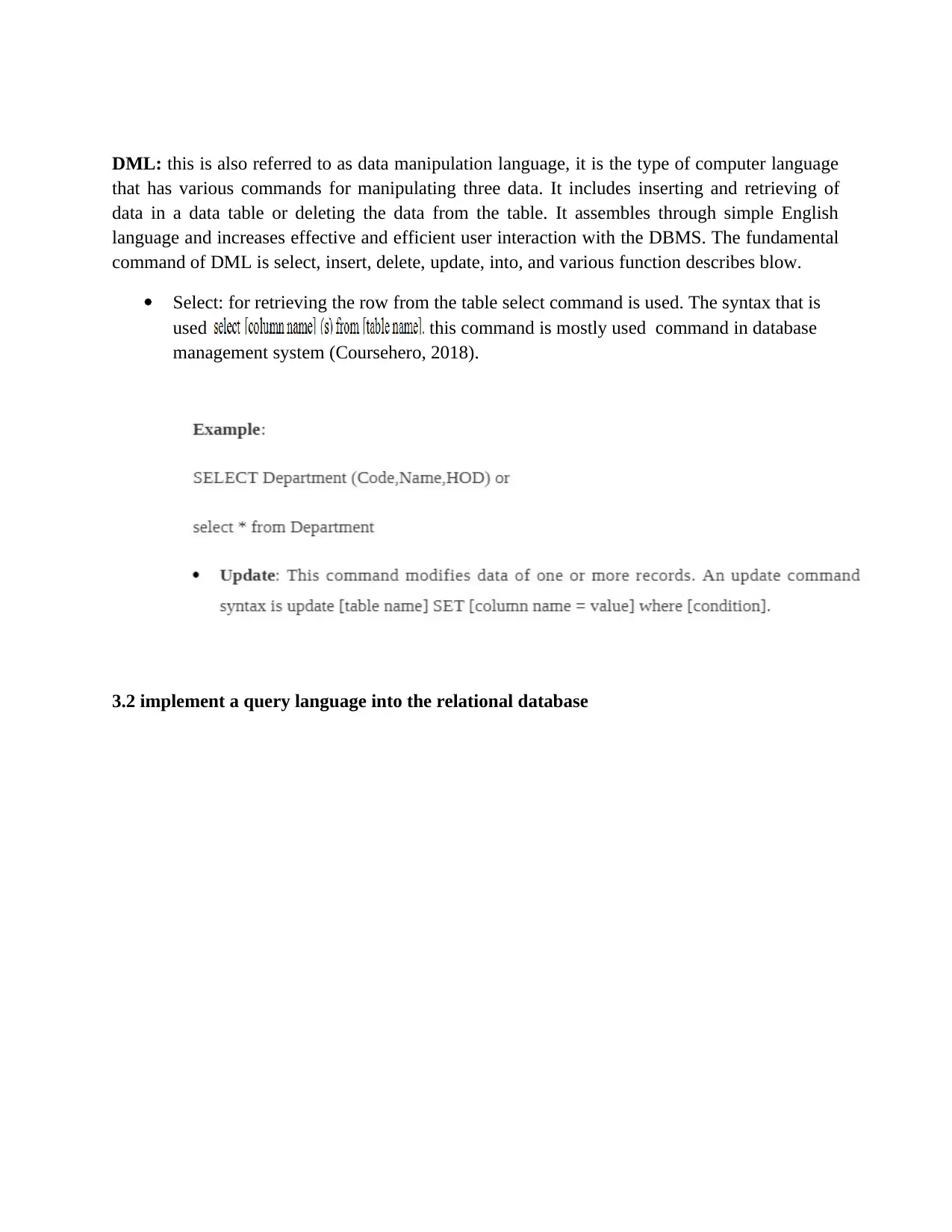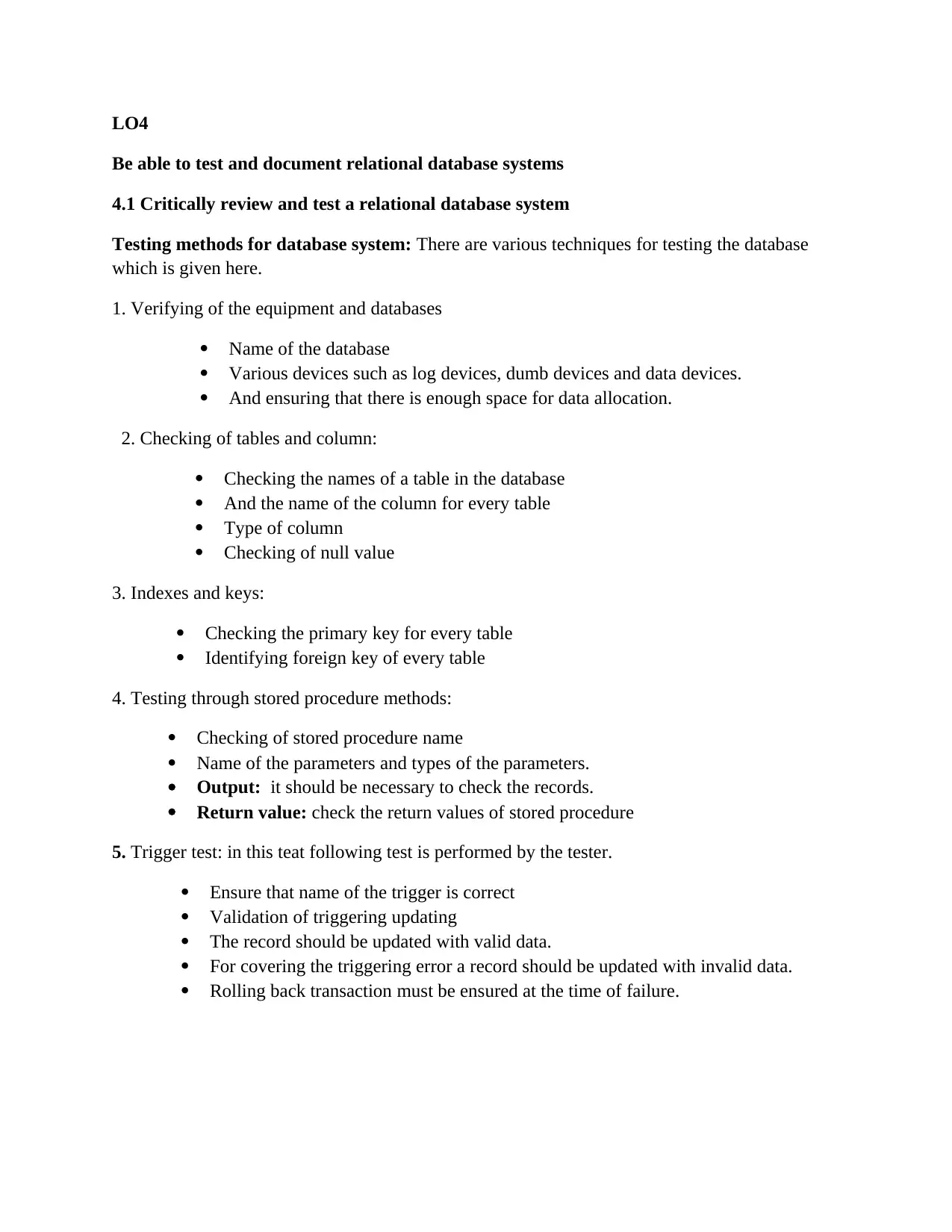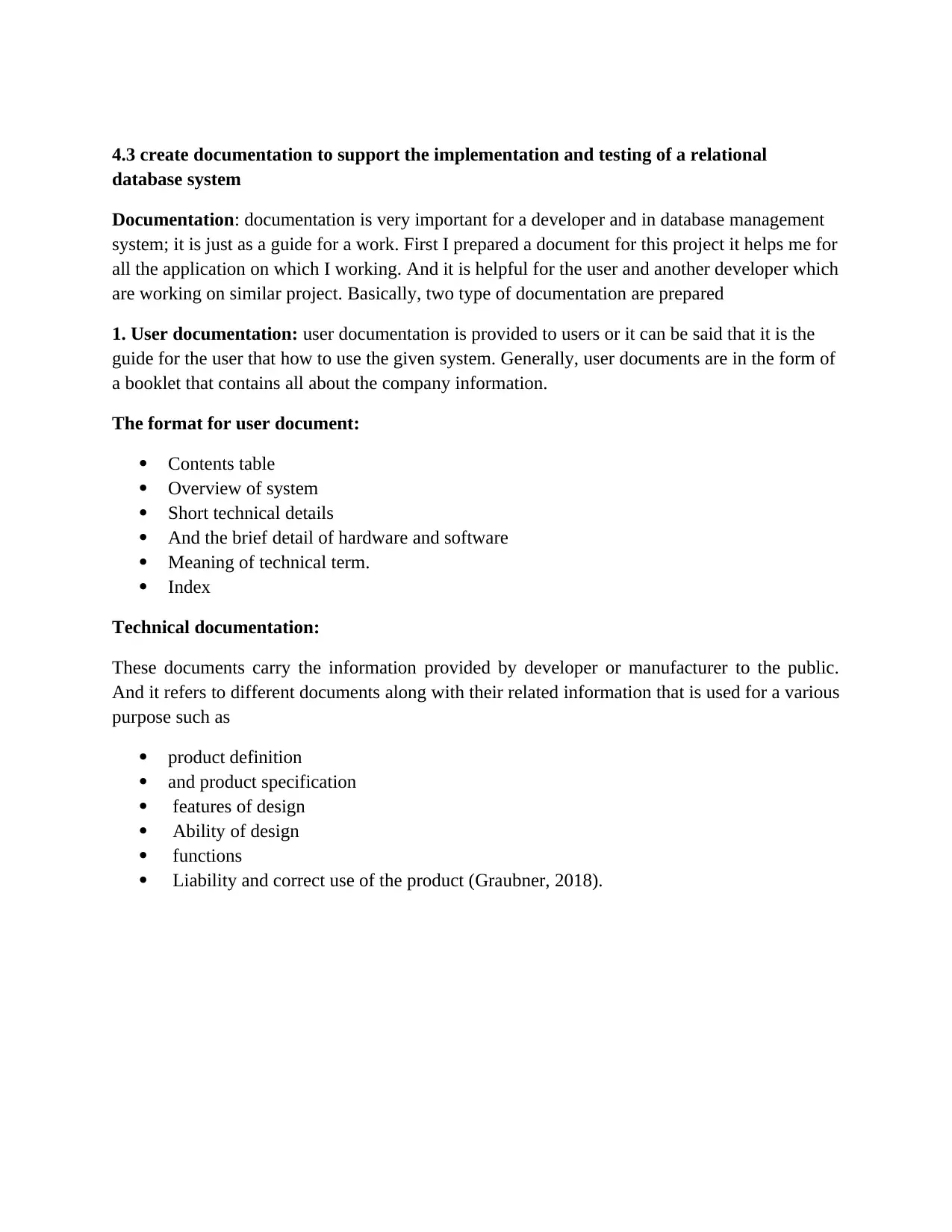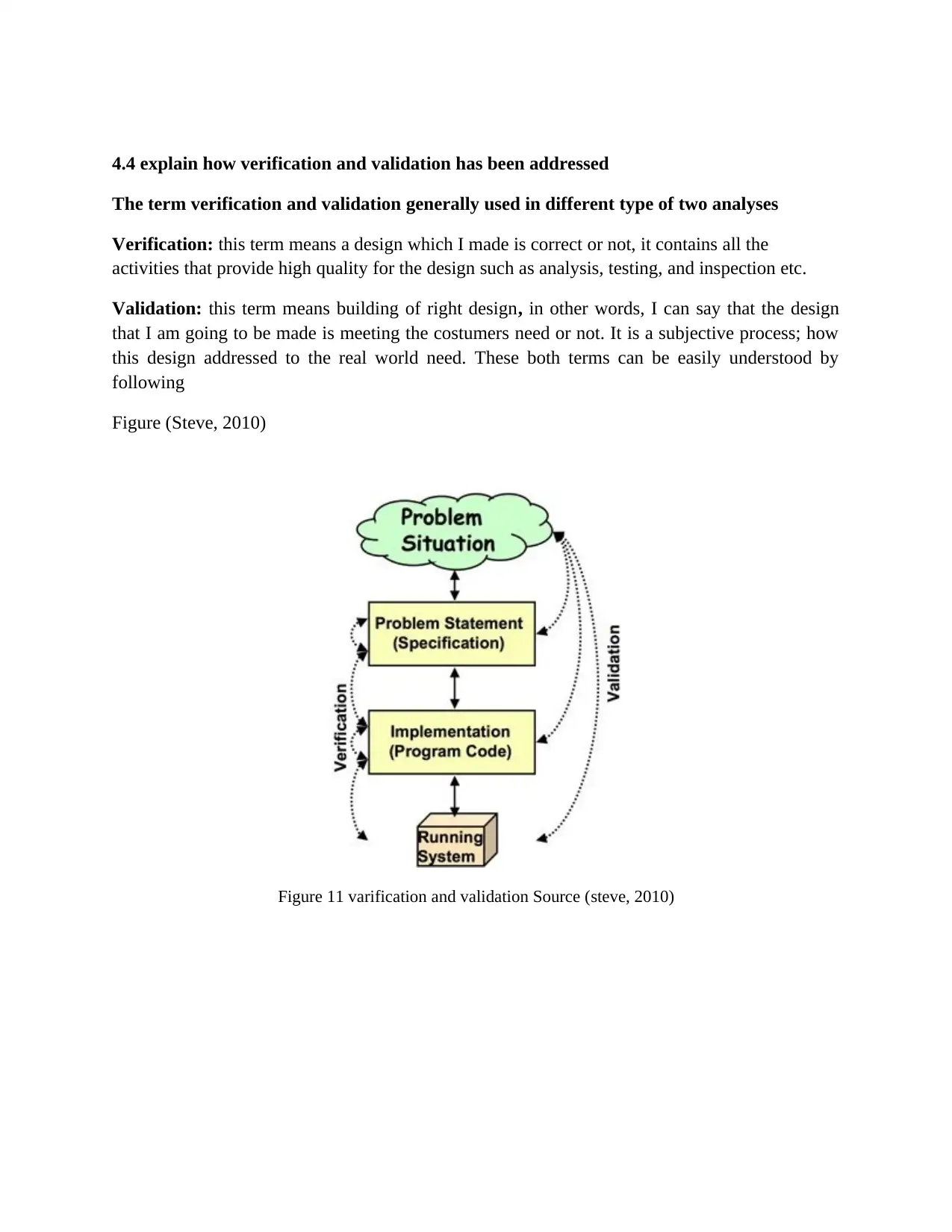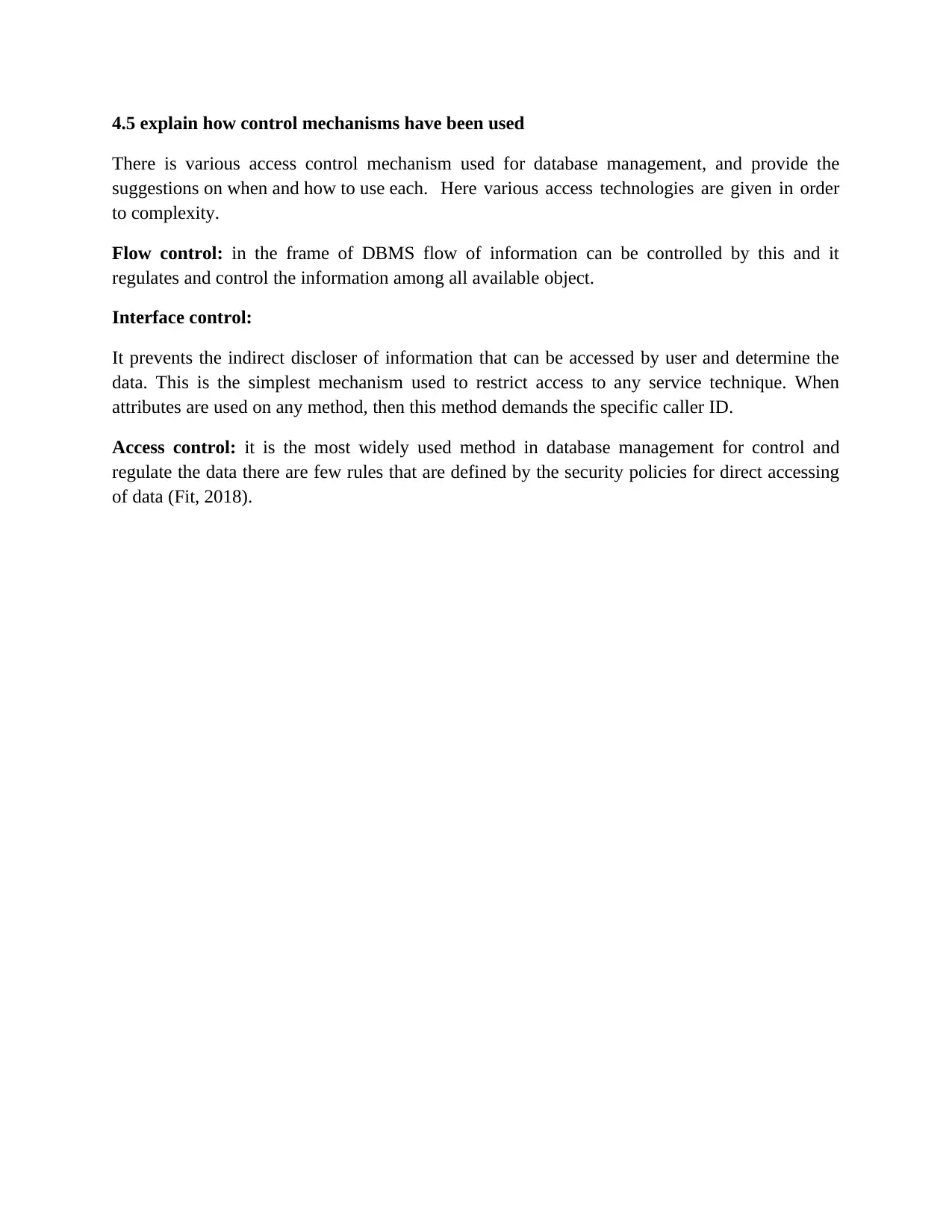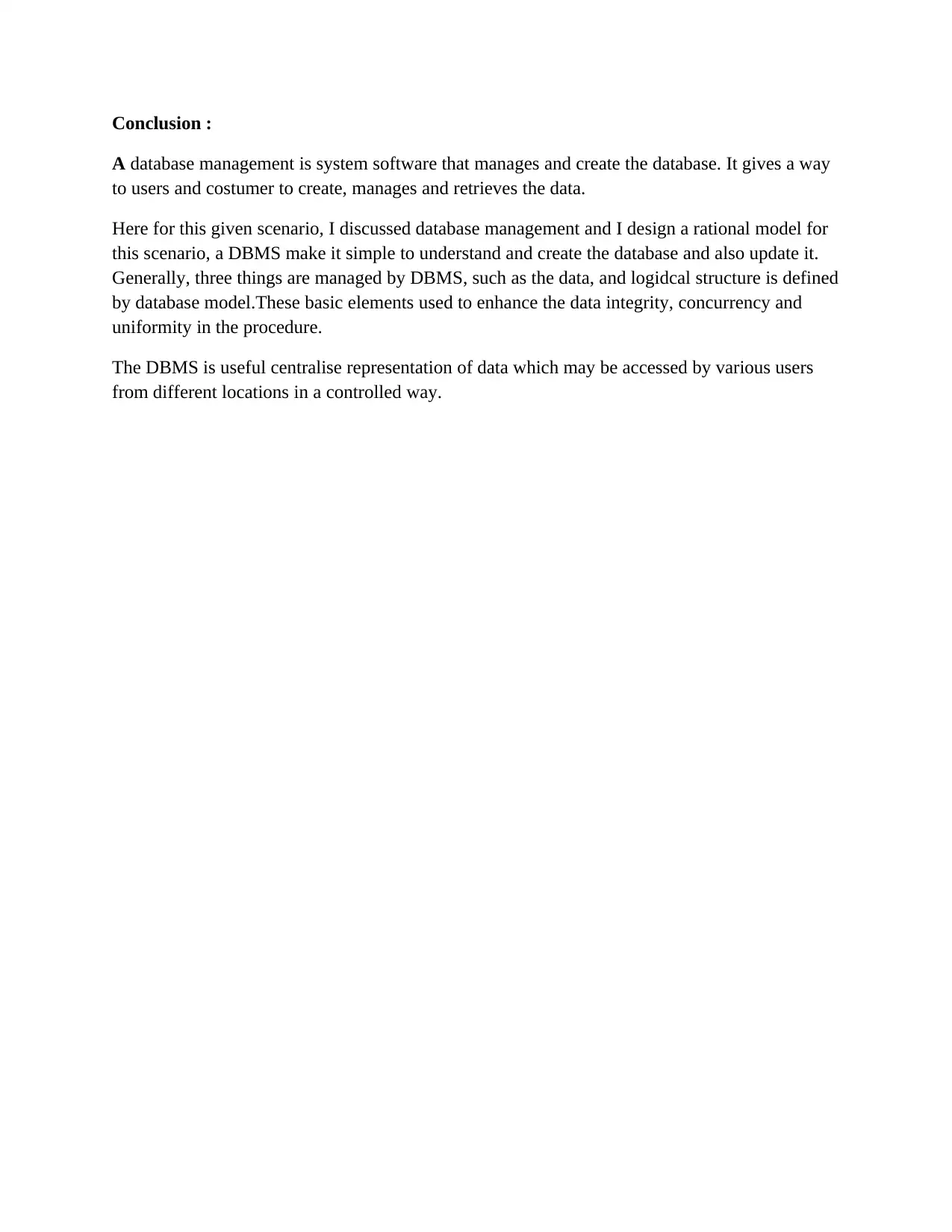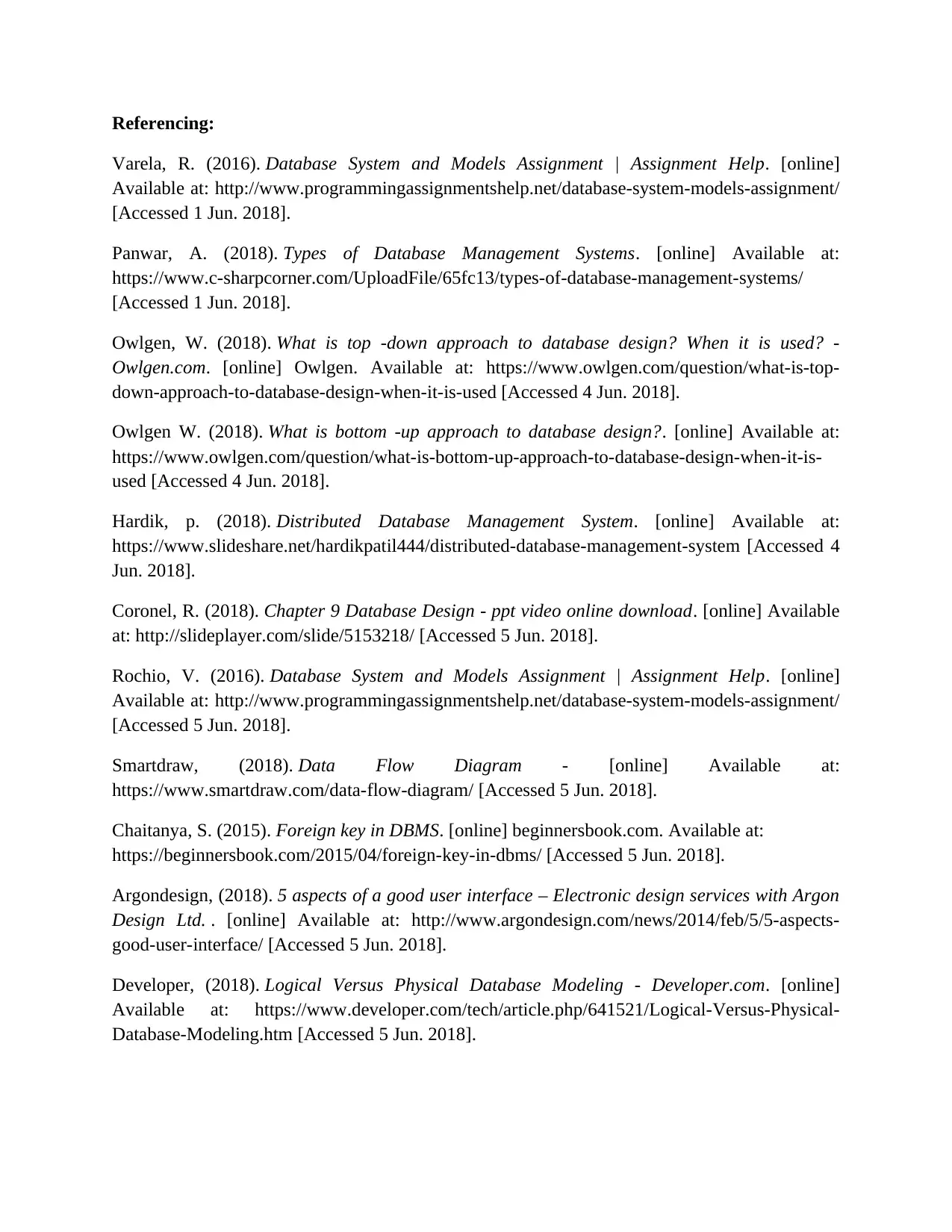This unit explores the fundamental concepts of data analysis and design, focusing on data models and database technologies. It delves into different data models, their benefits and limitations, and critically examines various database technologies, including relational, hierarchical, network, and object-oriented databases. The unit also covers database design methodologies, including top-down, bottom-up, centralized, and decentralized approaches. Practical aspects of relational database design and implementation are explored, including the creation of ERD diagrams and DFDs, the use of primary and foreign keys, and the application of database tools and techniques to enhance user interfaces. The unit concludes with a discussion of testing and documentation methods for relational database systems, including verification and validation techniques, control mechanisms, and the creation of user and technical documentation.
![[object Object]](/_next/static/media/star-bottom.7253800d.svg)
![[object Object]](/_next/static/media/star-bottom.7253800d.svg)
